
Ear piercing can be very aesthetically pleasing, and fun to buy for. Regardless of the length of time that an ear piercing has been in place, routine cleaning is a must. The following is a simple guide for cleaning pierced ears.

Wash your hands with warm water and soap before touching your ears. Dry your hands completely.

Dip a clean, un-used cotton swab or q-tip into isopropyl alcohol, or some other type of ear cleaning antiseptic. You do not have to soak the cotton swab or q-tip for very long, unless you want a lot of antiseptic on your ear.

Push your earring forward, towards your face, and clean between the ear and the earring. Clean around the earring post as well.

Push your earring back towards your head and clean the back side of your ear between the earring and the ear. Clean around the post as well.

Let your ear air dry, and discard any used cotton swabs or q-tips.
Related Articles

How to Disinfect Ear Plugs

How to Swim With Belly Button Ring

How to Clean Nose Rings

Facts on Nose Piercings

How to Sterilize Eyeglasses
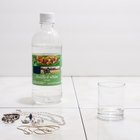
How to Sterilize Earrings

How to Care for Berets

How to Clean a Diamond Ring With ...

How to Remove Pierced Earrings From ...
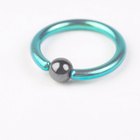
How to Clean Your New (Conch) Ear ...
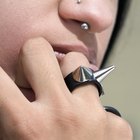
Information on Nose Piercings

How to Exfoliate Scaly Eyelids With a ...

How to Change Pierced Earrings

Taking Care of Gauged Ears
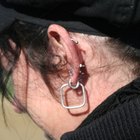
How to Gauge Your Ears with Tapers

How to Clean the Inside of Your Toenails

How To Put in a Nose Ring Hoop

How Long Is Steamed Cauliflower Good ...
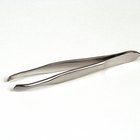
How to Care for Skin Abrasions

What Is Bio-Flex Made of for Piercings?
Tips
- Make a saline antiseptic by dissolving 1/4 teaspoon of sea salt into 1 cup of warm water. You can store the solution in a new, sterile container, such as one you might purchase in the health or cosmetics section of most stores.
Warnings
- Do not clean a pierced ear with hydrogen peroxide, as it will only dry out the skin which can lead to infection. Peroxide has also been known to damage jewelry.
- If your piercing is infected and regular cleaning has not helped, you should seek medical advice. The presence of pus, occurence of swelling, or a warm ear lobe are signs of infection.
Writer Bio
Desi Crall has a B.A. in Political Science from California State University Sacramento, and is currently a graduate student of Elementary Education at the University of Phoenix. Desi has worked as a freelance writer for three years, with articles and blogs appearing on sites such as Examiner.com, Today.com, and BrightHub.com.
Photo Credits
RCalzada